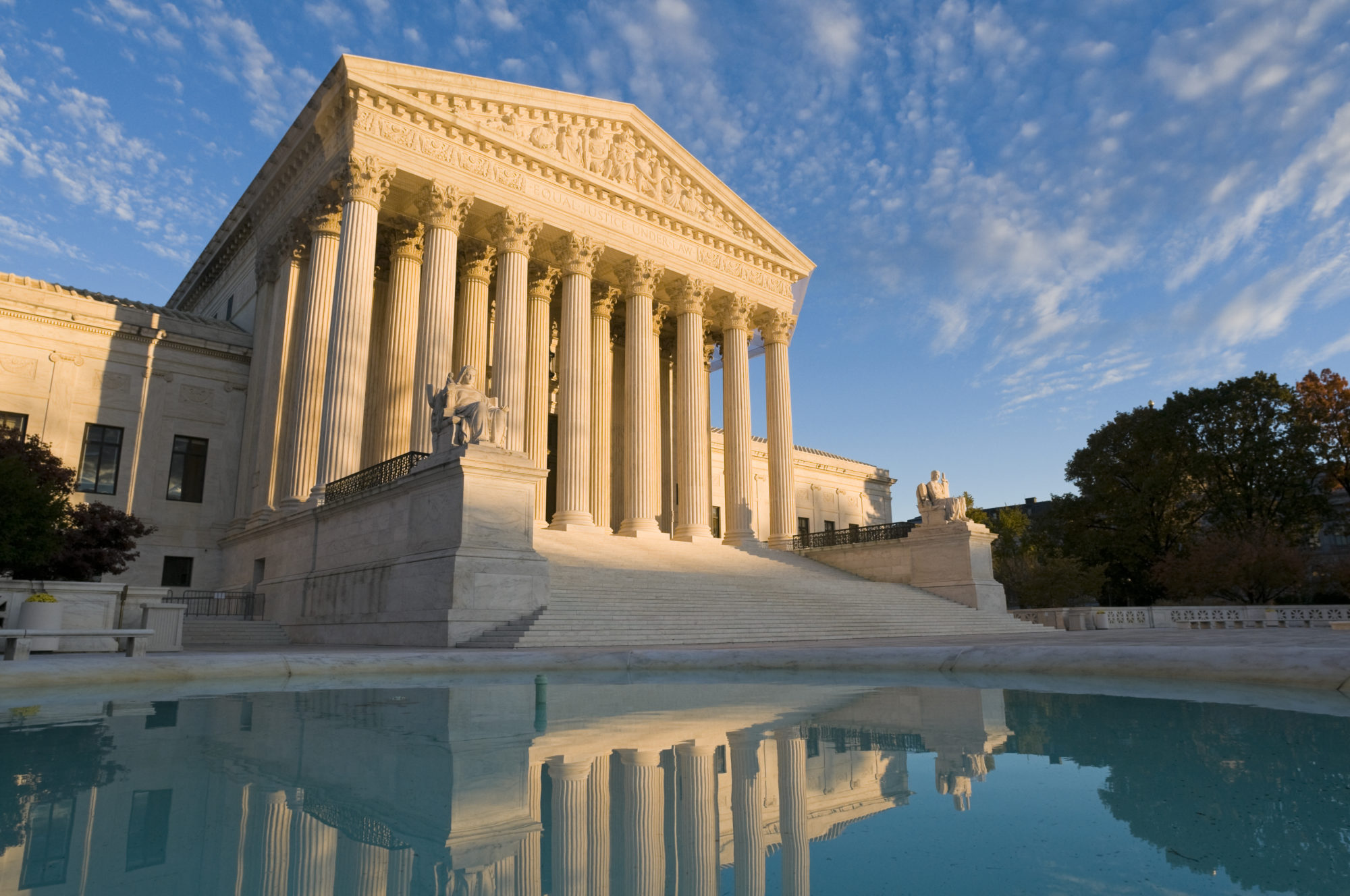In Timbs v. Indiana, the Court saw a particularly lopsided oral argument in favor of Petitioner, who argued that the Eighth Amendment’s excessive fines clause is incorporated against the states under the Due Process Clause of the Fourteenth Amendment (or alternatively, the Privileges and Immunities Clause).
The Supreme Court continues to ignore pressing social issues
There are many reasons why Petitioner Tyson Timbs is a sympathetic litigant, and why his constitutional argument is persuasive. He is the prototypical victim of the opioid epidemic: having become addicted to hydrocodone for foot pain, he took to dealing small amounts of heroin to fund his habit. He used his one considerable asset, a $42,000 SUV bought with money inherited from his father’s $73,000 estate, to drive to the sites of two deals of value $225 and $160. Timbs was convicted and put under house arrest, and subject to fines totaling $1,200. But the state of Indiana seized his $42,000 SUV as an instrumentality of the crime, subject to in rem forfeiture.
According to Indiana, there is no meaningful limit to stop police directly profiting from seizing cars used in drug crimes, or even cars going 3 miles over the speed limit. According to Timbs, the constitutional guarantee against excessive fines should be incorporated against the states because freedom from excessive fines is “fundamental to our scheme of ordered liberty.” This constitutional protection is vital with respect to fines because, unlike other forms of punishment, fines are particularly prone to abuse as a potential profit center for the state. Furthermore, as Timbs’ brief argues persuasively, such forfeitures have been used for centuries to oppress the poor, perpetuate Jim Crow long after the Civil War, and give problematic police departments, such as that in Ferguson, Missouri, a mechanism of harassing racial minorities.
Yet, as is so often the case in criminal procedure cases, few of these compelling arguments appeared to shape the justices’ inquiries in the case. Only Justice Sotomayor made passing reference to these pressing social concerns.
The real point of interest in the oral argument was how justices from various points on the ideological spectrum seemed to be converging on a decision in favor of Petitioner while maintaining starkly different motivations and reasoning. It was particularly fascinating to see that the differences among the conservative justices and among the liberal justices were more sharply drawn than the distance between the conservative and liberal camps.
A variety of ways of getting to a new state constitutional right
Among the conservatives, Justice Gorsuch and Justice Kavanaugh seemed to be competing as to who would come out swinging most against the state. Kavanaugh repeatedly asked a version of the question “aren’t all –all the Bill of Rights at this point . . . incorporated?” Gorsuch clearly won, however, immediately jumping into a 138 word monologue, demanding that Respondent advocate “at least agree” that the Excessive Fines Clause is incorporated against the states, and subsequently goading the advocate, asking if he “really wants” the Court to address a secondary question.
In contrast, Chief Justice Roberts and Justice Alito pushed hard against Petitioner’s argument, questioning whether any fine can be excessive in comparison to prison time. The figure below reflects this division, with Roberts and Alito favoring Respondent. However, there is reason to think that they may not vote that way: for institutional reasons, the Chief is unlikely to want to be on the losing side of a case recognizing a constitutional right. Also, by the end of the argument even Alito seemed troubled by the implication of Respondent’s position that individuals pursuing Second Amendment rights would have to establish each aspect of the right both at the federal and state level.
ScotusOA Predictive Model for Timbs v. Indiana

There was also division among the liberal justices, but over the reasons for and extent of support for Petitioner. As mentioned, Sotomayor did consider the practical reality of civil and criminal forfeiture; Justice Kagan, in contrast, repeatedly raised a question of great interest only to constitutional scholars: at what level of generality should a constitutional right be recognized? Justice Breyer raised strong institutional concerns with Petitioner’s position, particularly regarding the role of stare decisis and the logical conundrum of protecting against excessive fines given the lack of a meaningful proportionality requirement in sentencing. In contrast, Justice Ginsburg so clearly came to the aid of Petitioner’s advocate, Wesley Hottot, that he subsequently committed the faux pas of referring to her as having “assisted” him earlier. Based solely on the oral argument, one might think Breyer was a vote for Respondent, but although he was clearly weighing some broader institutional issues, our reading of Breyer’s constitutional theory leads us to the opposite conclusion. Breyer’s congenial verbosity makes him harder to predict than many of the other justices.
Unanimous and lopsided votes are difficult to predict
Thus, while the numbers show a 5:3 split in favor of Petitioner, we expect that the case will be much more lopsided, perhaps even unanimous, since even ultra-conservative, ever-silent Justice Thomas called for the Court to hear the issue. Very lopsided and especially unanimous cases are harder to predict on the numbers from oral argument: even if the justices all expect to vote in favor of one side, we would still expect them to talk during that advocate’s time, since modern norms of Supreme Court oral argument involve a lot of justice speech. This makes the numbers less reliable in lopsided cases, showing the importance of both qualitative and quantitative analysis. We do, however think that the figure reflects a real division between the justices, particularly between the Chief and Alito versus the rest of the Court. This division just may not be reflected in the final votes. We expect that either Roberts and/or Alito will vote for Petitioner on the question presented but write a narrowing concurrence.
Prediction: 8:1 or 9:0 for Petitioner, Timbs
Most likely to switch: Alito

You must be logged in to post a comment.